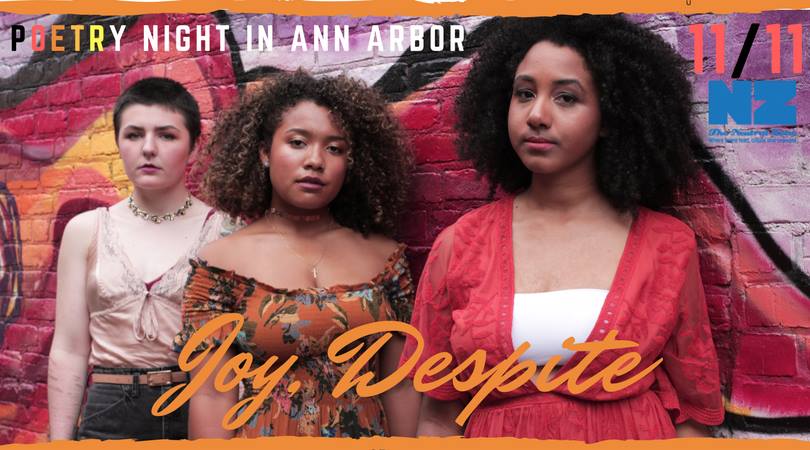On Saturday night, two housemates and myself journeyed to the Arthur Miller Theater on north campus to see Tony Kushner’s Angels in America. Sitting down in our general admission seats we were a little wary and a little intimidated by the supposed run-time of the play: 3 hours and 30 minutes, plus two 15 minute intermissions— for a total of 4 hours. Despite our apprehensions, it was an energetic, moving, and thoroughly engaging 4 hours. What seemed daunting actually never had a dull moment, and left us wishing for Part 2— just maybe not that same night.

Staying true to Kushner’s wishes and the play’s stage directions, the set was minimalist and scenes transitioned without blackouts. Instead the Music, Theater, and Dance cast had drums beating in the background and furniture whirled around. Projections stated the dates but with the changing of scenes happening with actors pushing, twirling, and wheeling the set around, we saw the time pass before our eyes. The whole performance used the space and lighting very well. Two places could be represented at once on the stage by their expert use of lightening, allowing key scenes with both couples arguing to be powerful moments. If actors weren’t in scenes, they watched in chairs lined along the back of the stage, so the presence and intensity of the scenes was never lost.
The physical presence of all the actors was amazing to watch. While Sam Dubin embodied a spitting-with-rage Roy Cohn, and the show lacked nothing in passion, the cast didn’t shy away from moments of silence. The silence after Harper Pitt’s line to her husband, “You should want to be married to me”, gave me goosebumps. It seemed like a long silence but I was on the edge of my seat wondering what the response would be through every suspenseful moment. Savanna Crosby’s performance of Harper Amaty Pitt through the whole show was riveting; her first scene saw her shaking and shivering as one with the character. It must have been a tiring action but was just as an amazing work of physicality.
The entire cast fit together, creating intimate and meaningful relationships seemingly from the air. Together they crafted a great adaptation of this award winning play. Angels in America deals with important but difficult issues and they tackled it’s complicated themes, ultimately creating a memorable theater going experience.












